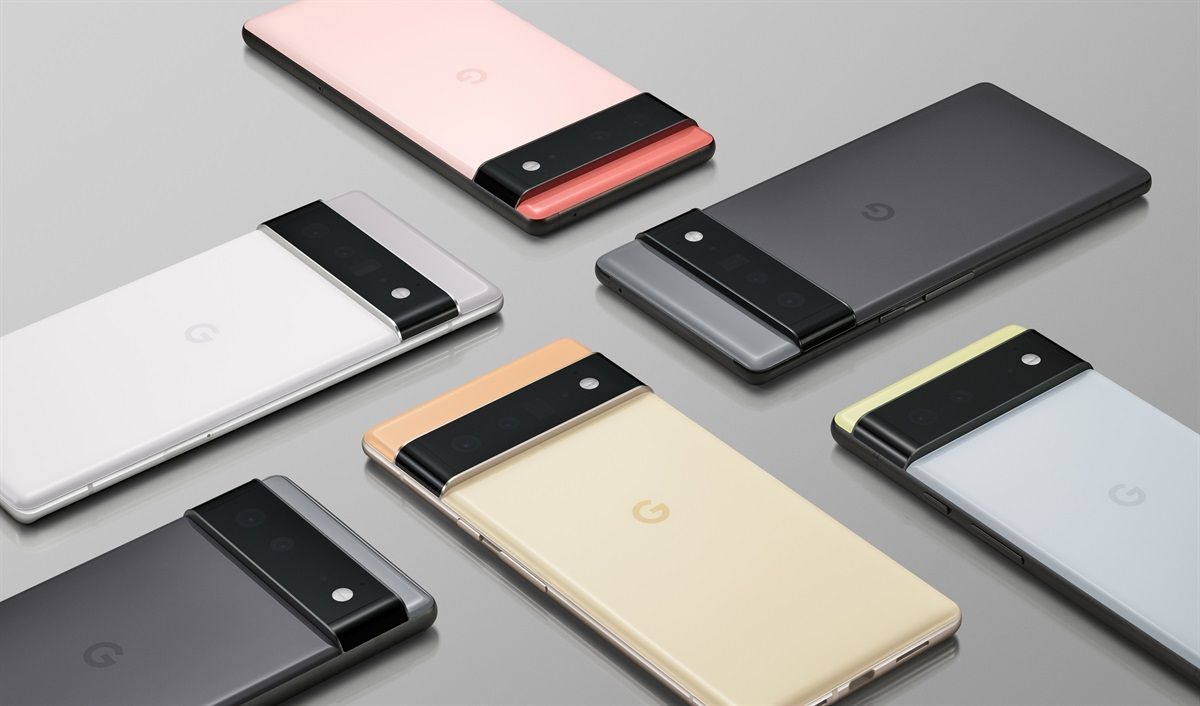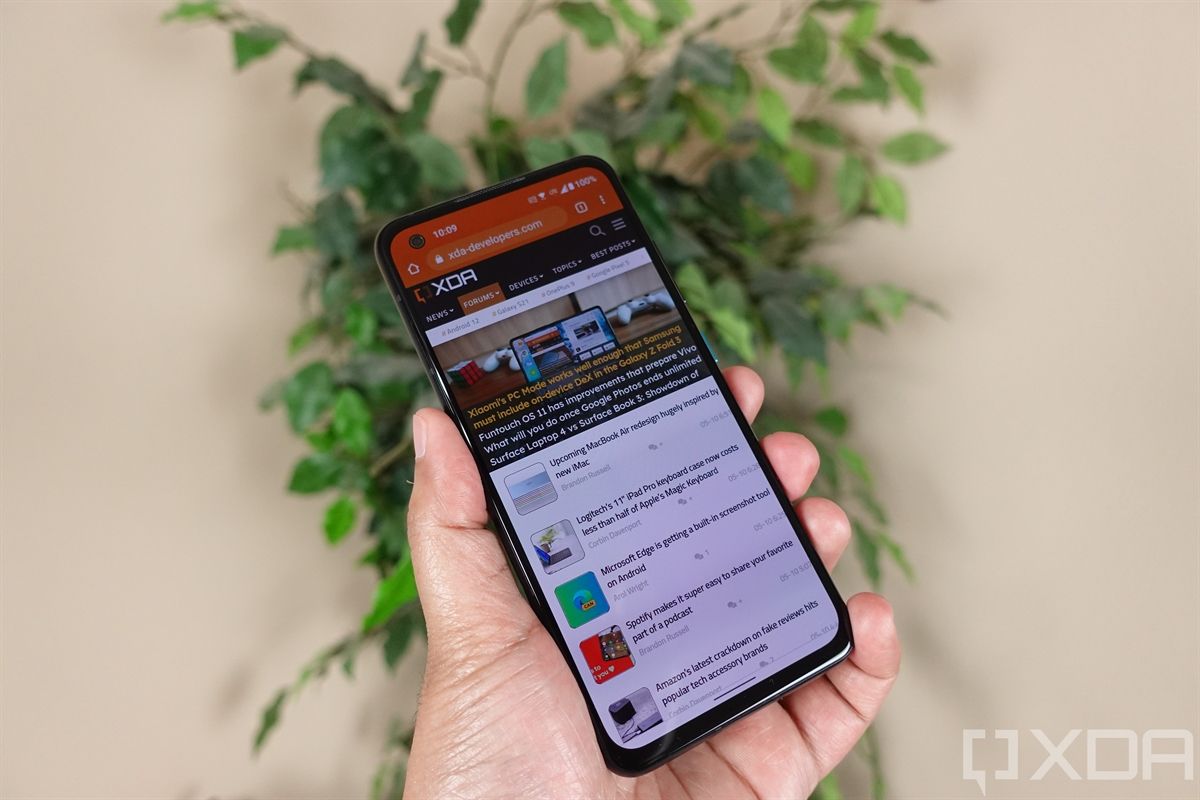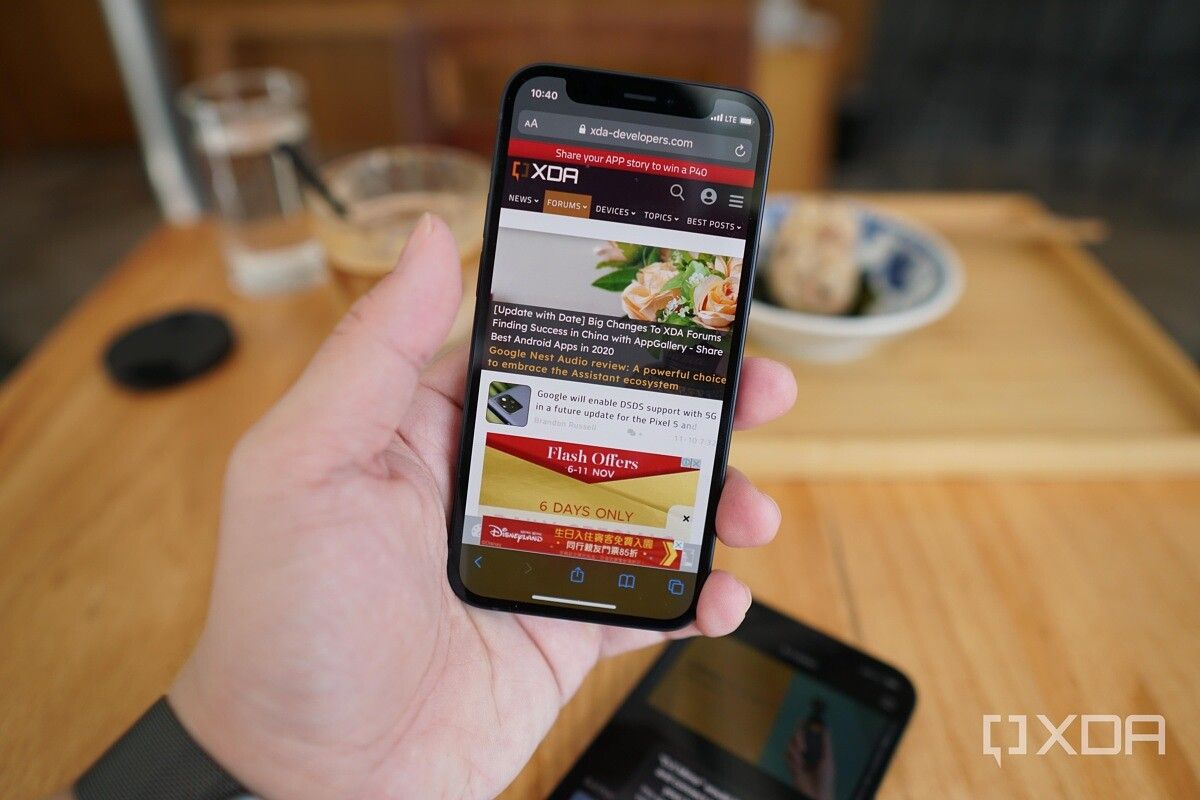Earlier this month, Google showed off the upcoming Pixel 6 series revealing the finalized design and a few bits of technical information. We still don't know much about the new camera setup, or the fancy new 'Tensor' chipset co-developed with Samsung, but we do have photos of the new design from every angle. The Pixel 6 and Pixel 6 Pro look to be one of the most substantial updates to Google's Pixel lineup since the first models rolled off (HTC's) factory lines in 2016, but one detail might not have been apparent: the option to buy a smaller Pixel is gone.
Google was one of the only Android smartphone manufacturers interested in selling small phones.
From the original Pixel phones in 2016 (and arguably before that, with the Nexus 5X and 6P) to last year, Google always sold two flagship phones: a regular Pixel and a Pixel XL. There were always a few differences besides the screen size, like smaller batteries on the non-XL devices, but they largely had identical hardware. If you wanted a Pixel phone, you wouldn't lose any important features by going with the smaller option.
Google was one of the only Android smartphone manufacturers interested in selling small phones. The definition of what a small phone is has shifted steadily over the past few years, as edge-to-edge screens have made it possible to shove larger displays in smaller frames, but anything with a screen less than 6 inches diagonally is a good place to start. By that definition, the only small flagship phone released this year has been the ZenFone 8, which has a Snapdragon 888 chipset and a 5.9" AMOLED screen. The upcoming 6.1-inch Xperia 5 III will be close, as is the 6.2-inch Galaxy S21, but those phones are only small when compared to everything else on the market right now.
Google has consistently offered smaller Pixel phones over the years, sometimes for both flagship and budget buyers. The Pixel 3 had a 5.5-inch screen (though large bezels at the top and bottom made it slightly less compact), and the Pixel 4 had a 5.7-inch display. Google switched up the pattern last year with the Pixel 5, which only came in one size: 6 inches.
This year, Google is returning to producing two flagship Pixel phones, but neither of them are small. The company has confirmed the regular Pixel 6 will have a 6.4-inch screen, while the Pixel 6 Pro will have a 6.7-inch screen. The option to buy a Pixel that isn't the size of a brick will apparently go away with the new phones, marking an end to the tradition Google has taken part in for years. There's still a chance that Google could produce future Pixel 'A' phones in smaller sizes, but those will be budget devices with worse internal hardware.
It's certainly no mystery why the number of small flagship phones dwindles every year — small flagships don't sell well. Apple gambled on the idea last year with the iPhone 12 Mini, the company's smallest phone in years that wasn't a budget offering (like the SE 2020), but Apple allegedly ended production of the phone earlier than expected due to poor sales.
The lack of demand for smaller smartphones only seems to change if the phones are also cheaper. Apple has reportedly had no problem selling the latest iPhone SE, which retails for $399 in the United States, with fewer features than flagship iPhones. Small phones aren't likely to go away anytime soon, but small expensive phones are on the verge of extinction.
Even though smaller flagships seemingly don't sell well, there have always been (and likely always will be) people like me who don't want to carry around massive smartphones all the time. If I want to watch movies or type out long messages, I have other devices that are more capable at those tasks. Remember how you used to be able to reach the entire screen of most phones with your thumb? Good times.
Here's hoping Google decides to return to the small flagship arena at some point — perhaps with a Pixel 6 Mini. With the current rate of small flagship extinction, a potential Pixel 6 Mini or smaller Pixel 7 won't have any competition.



